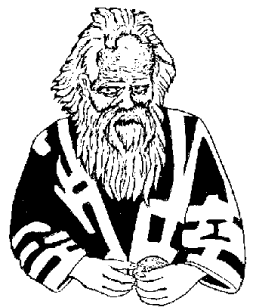 |
Science Frontiers ONLINE No. 124: Jul-Aug 1999 |
|
|
Circular Structures In The Kurils
Japan and Russia have been wrangling over the Kuril Islands for years. The 56 islands in the group lie between Hokkaido and Kamchatka. With the Cold War over scientists have finally been able to visit these wild, inhospitable bits of real estate. On uninhabited Onekota, a team of American, Japanese, and Russian biologists, led by T. Pietsch, serendipitously came across the undisturbed remains of several large, circular structures. The largest measured 22 meters (72 feet) across the circular embankment ringing a sunken center -- apparently once a large dwelling -- and much like those of the ancient Ainu on Hokkaido. The Ainu, it seems, had colonized the Kurils in bygone days.
The implications are far-reaching, for the Ainu were once a seafaring people with Caucasian physiological characteristics. It is only a couple hundred miles from the Kurils to the Aleutians and a foothold on North America. The speculation is that the Ainu could well have bypassed the vaunted Bering Land Bridge 10,000 years ago and continued pushing south along the North American coast.
(Holden, Constance; "Possible Ainu Site Creates Buzz," Science, 284:583, 1999.)
Comment. Continuing our tour south along American coast, we encounter the remains of Kennewick Man in Washington State with his Caucasian features. (SF#109) Could he have been a far-wandering Ainu?
 | The Ainu of northern Japan are strikingly different from most Japanese. How far did this ancient seafaring race advance around the Pacific Rim? (Adapted from G. Thompson's American Discovery) |